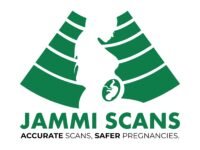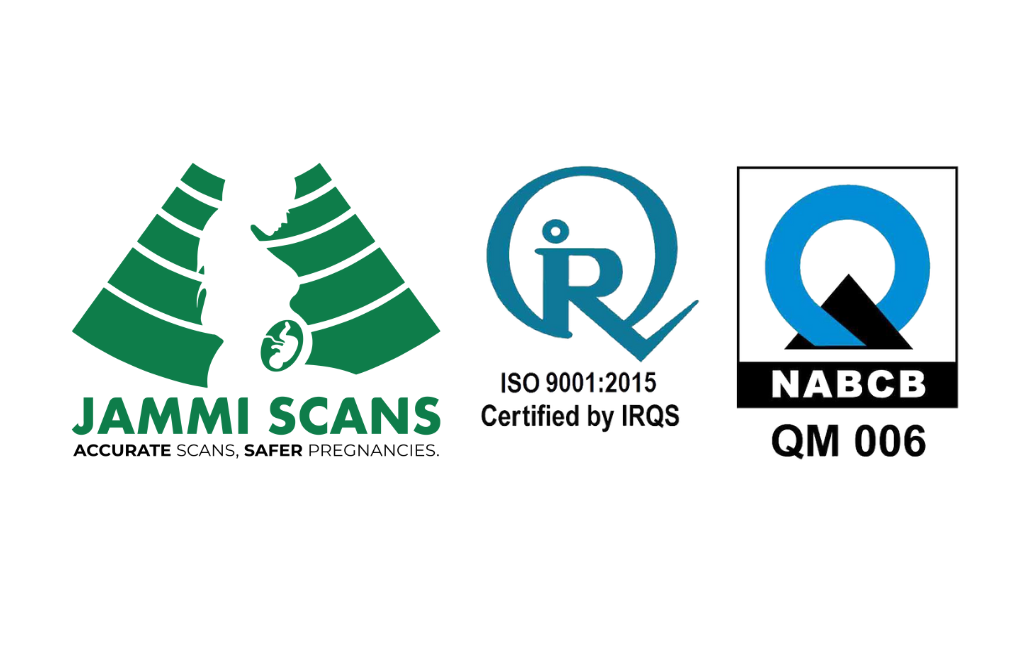Chorionic villus sampling karyotyping is definitely a process that needs detailed understanding. Offered when pregnant to determine whether your unborn child has a chromosomal or genetic disorder like Down’s syndrome, Edwards syndrome, or Patau’s syndrome, this test is quite bothersome to many pregnant mothers because of its invasive nature.
The truth is there’s nothing to worry about. Let’s learn everything about chorionic villus sampling karyotyping in this blog.
Table of Contents
ToggleWhat is CVS karyotype – Background?
Chorionic villus sampling karyotyping is a prenatal diagnostic test. CVS can be performed as early as ten weeks after the woman’s last menstrual cycle and is as safe as amniocentesis. While there are some risks associated with this test, it is generally very effective at predicting heritable diseases during or shortly after the embryonic stage of development.
Researchers at the University College Hospital in London improved the method by 1982, and by 1984, a relatively safe trans-abdominal technique was introduced. Soon after, CVS became a popular tool.
What is chorionic villus sampling and how is it performed?
In CVS, a small sample of the placenta is obtained for genetic analysis. The placenta is embryologically derived from the same trophoblastic cells as the fetus, even though it is not fetal tissue, and it frequently shares the same karyotype.
When a lab performs a full karyotype, all of the baby’s chromosomes are examined under a microscope using cells from the sample. They can determine the baby’s sex and look for any significant chromosome changes. It takes longer than rapid tests, and it may take two weeks to get the results.
Chorionic villus sampling procedure
You might be instructed to drink more water and refrain from urinating the morning of the test. Your bladder will be filled, which might help the uterus move into a more advantageous position for the procedure.
The chorionic villus sampling (CVS) tests are classified into two types:
- Transabdominal – The sample is extracted from the abdomen.
- Transcervical – The sample is obtained via the cervix. The cervix is the uterus’s lower, narrow end that opens into the vagina.
The process of the transabdominal CVS:
- An ultrasound will be used by your provider to check your baby’s position and guide the procedure (transabdominal or transcervical). Ultrasound imaging is a test that uses sound waves to create images.
- Your provider will use an antiseptic to clean your abdomen during a transabdominal CVS.
- A numbing agent is applied to your stomach.
- A thin needle into the placenta through your abdomen and uterus is inserted. As the needle enters the uterus, you may experience cramping or stinging.
- Using the needle, a tissue sample from the placenta is removed.
- The needle is removed slowly
The process of the transcervical CVS:
- Your provider will use an antiseptic to clean your vagina and cervix during a transcervical CVS.
- The vaginal sides are spread with a speculum, which is a thin instrument.
- A thin tube is inserted through your vagina, cervix, and placenta. As this is done, you may feel a slight twinge or cramping.
- Suck a sample of placental tissue into the tube gently.
- Removal of the tube.
Chorionic villus sampling results
Results of CVS tests are typically available in two weeks.
If your results weren’t normal, your baby might have a genetic or chromosomal disorder like cystic fibrosis or Down syndrome. When the results of a CVS test are occasionally unclear, your doctor might advise amniocentesis, which is another prenatal diagnostic procedure. Between the fifteenth and twentieth week of pregnancy, it is carried out.
Be open and speak with your healthcare professional about amniocentesis if you have any questions regarding your results.
Winding up
The most frequent invasive prenatal diagnostic approach performed before the second trimester of pregnancy is CVS due to its high degree of safety and 98% accuracy. The procedure has become a crucial diagnostic tool for concerned parents and prenatal caregivers.
The effectiveness of CVS practices is likely to increase with increased use, lowering the rate of induced miscarriages and other risks to make it a standard and secure procedure for women with at-risk pregnancies. CVS practices are still being developed and improved.
Call experts at Jammi Scans to know more about chorionic villus sampling cost and our approach for greater clarity.
Chennai Women’s Clinic is now Jammi Scans
Reviewed by Dr. Deepthi Jammi - Fetal Medicine Specialist
Dr. Deepthi Jammi (Director, Jammi Scans) is a qualified OB/GYN and Post-Doc in Maternal Fetal Medicine. As a pregnancy ultrasound expert, she is passionate about healthy pregnancies and works towards spreading awareness on the latest diagnostic options available for parents to choose from. Dr.Deepthi has received gold medals and awards in Fetal Medicine at international and national conferences, and has appeared in numerous prestigious regional magazines and TV interviews.






